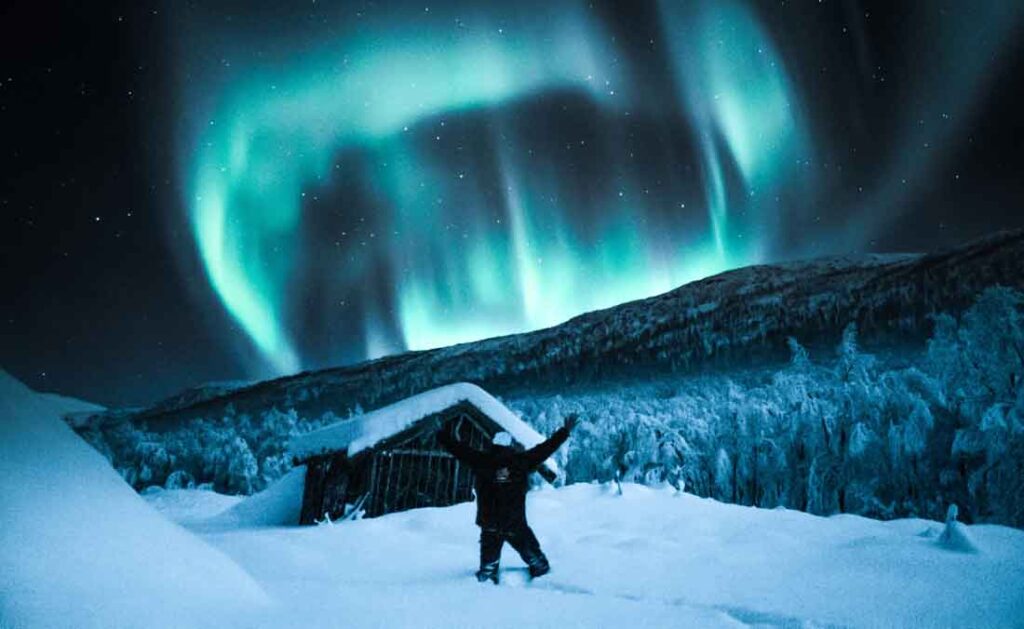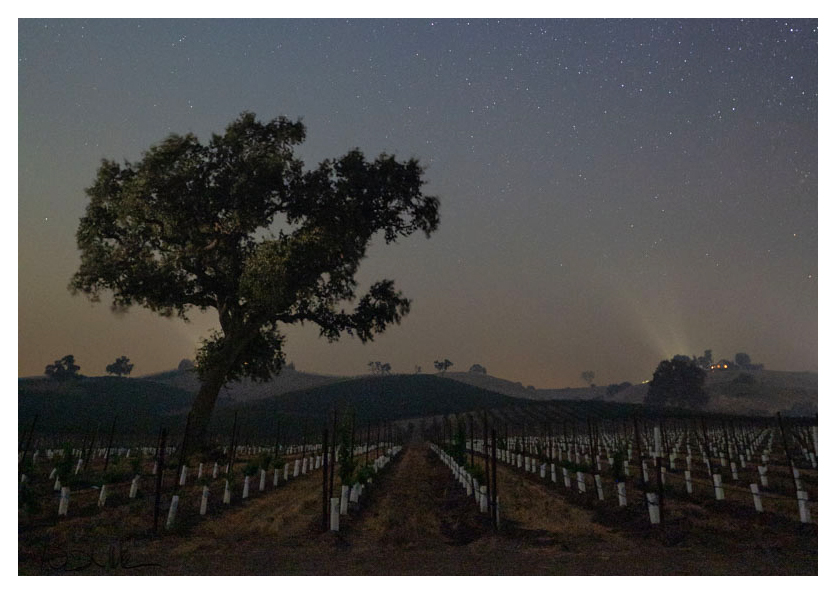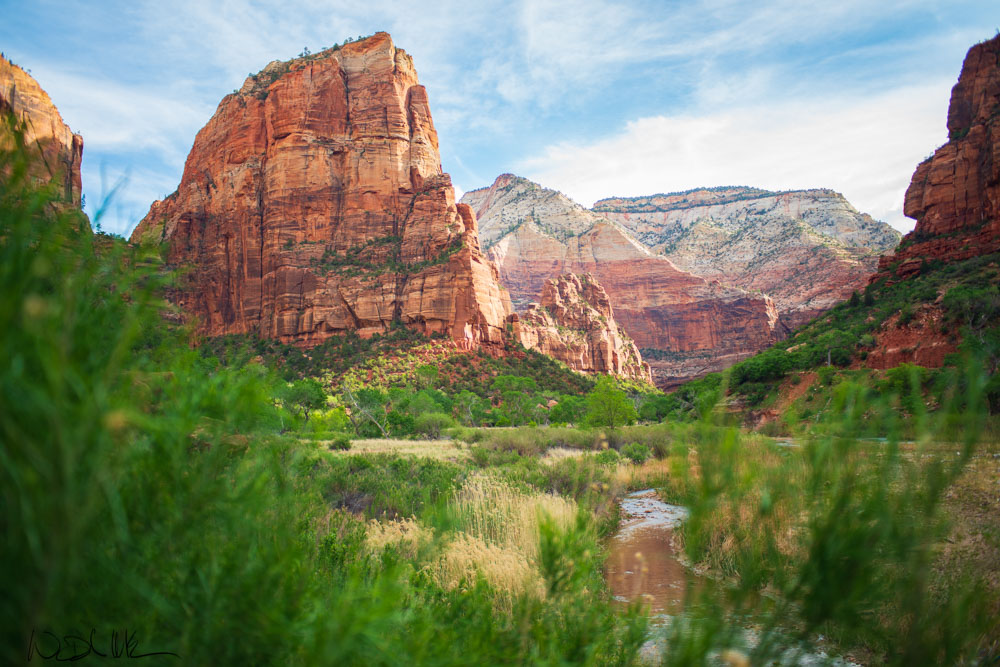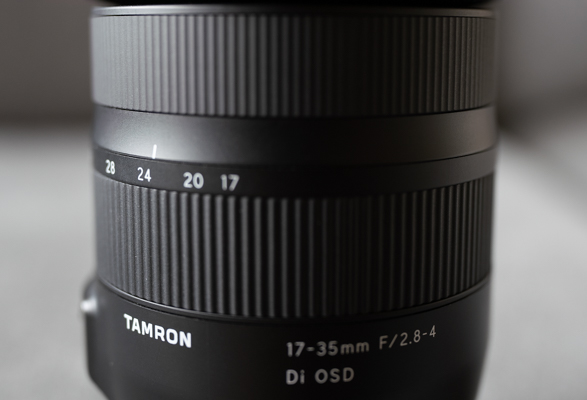In a video interview with PhotoPills, Professional photographer Rachel Jones, unveils her secrets to some of her best astrophotography and aurora images.
She explains her technique by photo stacking, exposing for the highlights, and using multiple images from different hours of the night to blend the perfect shot.
Photo stack to reduce noise
Rachel explains that photo stacking can make images of the night sky cleaner with less noise. She uses these steps for her on-camera workflow.
- Scout a location during the day
If you’ve ever tried finding a composition at night, you know how frustrating it can be. Rachel recommends finding a location during the day to avoid missed compositions.
Finding a shooting location during the day will also save you time at night when you’re feeling tired.
- Interval shooting with one second between exposures
Interval shooting is helpful when you have to merge the photos together in post. The stars will be more evenly spaced allowing for more precise stacking.
- Photopills NPF formula to calculate for sharp stars
The NPF rule is much better than the old 500 rule for determining shutter speed. When using the photopills app, you can find the NPF rule based on your camera and apertures.
It will usually choose a very fast shutter speed to ensure you don’t have any star trails. This won’t work with apertures greater than f2.8.
- Sony’s bright monitoring setting
Sony cameras have a unique camera setting called bright monitoring. It increases the iso, aperture, and shutter speed, so you can see in the dark. It can be a lifesaver if you’re having difficulty visualizing your composition.
Set the bright monitoring setting to a custom button, so you can see your composition before taking the shot.
- Use narrow apertures (f8-f11) at astronomical twilight (blue hour)
Rachel Recommends shooting images around astronomical twilight or blue hour to capture more detail and less noise. Astronomical twilight brings greater color to the image and will make navigating the area easier.
- 30 images focused stacked from foreground to background
On average Rachel takes around 30 images of the foreground and stacks them with different focus points from front to back. This ensures the stars and foreground are both in sharp focus.
- 7-20 images stacked of the night sky to reduce noise
Next, she focuses on the stars with a larger aperture (f2.8-1.4) and takes about 7-20 photos to stack for noise reduction.
- Stacked images are combined in Starry landscape stacker
Starry landscape stacker is software used for the Mac to combine multiple images. If you use a PC you can use a free star stacker known as Sequator.
How to photograph the Aurora
Capturing the Aurora can be challenging especially if it’s your first time. The sky can change quickly, and there are a few settings that will make this easier.
- Set your shutter speed to 2-8 seconds
The Aurora is bright and when it’s dancing across the sky, it’s best to have a relatively quick shutter speed. This will help to avoid overexposing the sky.
- Aperture of 2.8 or narrow in moonlight
If the moonlight is present, the sky will be even brighter, so avoid wide apertures like 1.8 or 1.4.
- Keep your iso below 3200
If you’re photographing the aurora, you most likely will be capturing single images, so keep your iso below 3200 to avoid noise.
- Focus stack the foreground (20-30 images)
Focus stacking the foreground will still be beneficial to ensure everything is focus from the foreground to infinity.
The best apps for photographing the Aurora
Below I’ve listed Rachel’s two favorite Aurora apps for beginners or experts.
- myaurora forecast (beginners)
- Spaceweatherlive (advanced users)
Recommended Camera Gear
Here is some of the gear Rachel uses for astrophotography.
Rachel uses the Sony A7iii, but you can also use the A7c. It’s lighter and uses the same sensor.
Astrophotography accessories
Here are a few others accessories that will keep you warm and safe.
Conclusion
As you photograph the night sky, you’ll learn that patience will improve you photos, especially when you are photo stacking and shooting at different times of the night. Astrophotography can be incredibly challenging. Don’t expect great results your first time. It take time to master, just like any other photography.
I hope this was helpful. Consider subscribing below to learn more photography tips and tricks.





